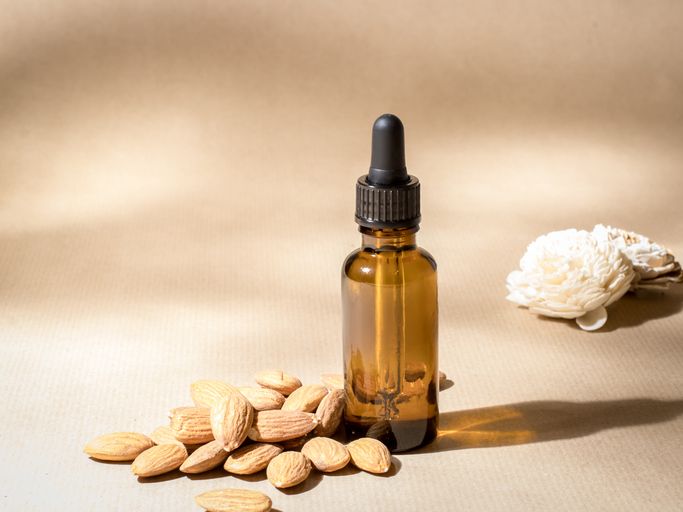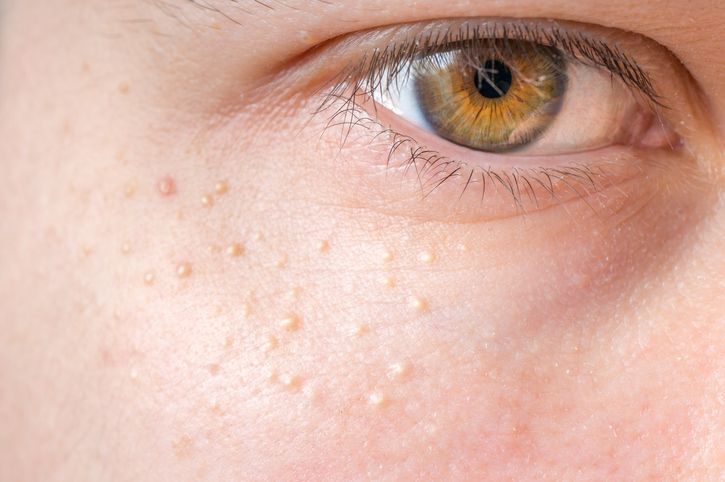- Home
- Trend
- Weight Loss Strategies
- Acne Tips
- Hair Health Information
- Blemish Removal Tips
- Acne Scar Removal Tips
- Muscle Building Techniques
- Intimate Care Tips
- Postpartum Intimate Care
- Eye Bags Wiki
- Tips for Face Slimming
- Secret of Permanent Hair Removal
- Breast Enlargement Tips
- Cure to Snoring
- Marionette Lines
- Skin-Tightening Secrets
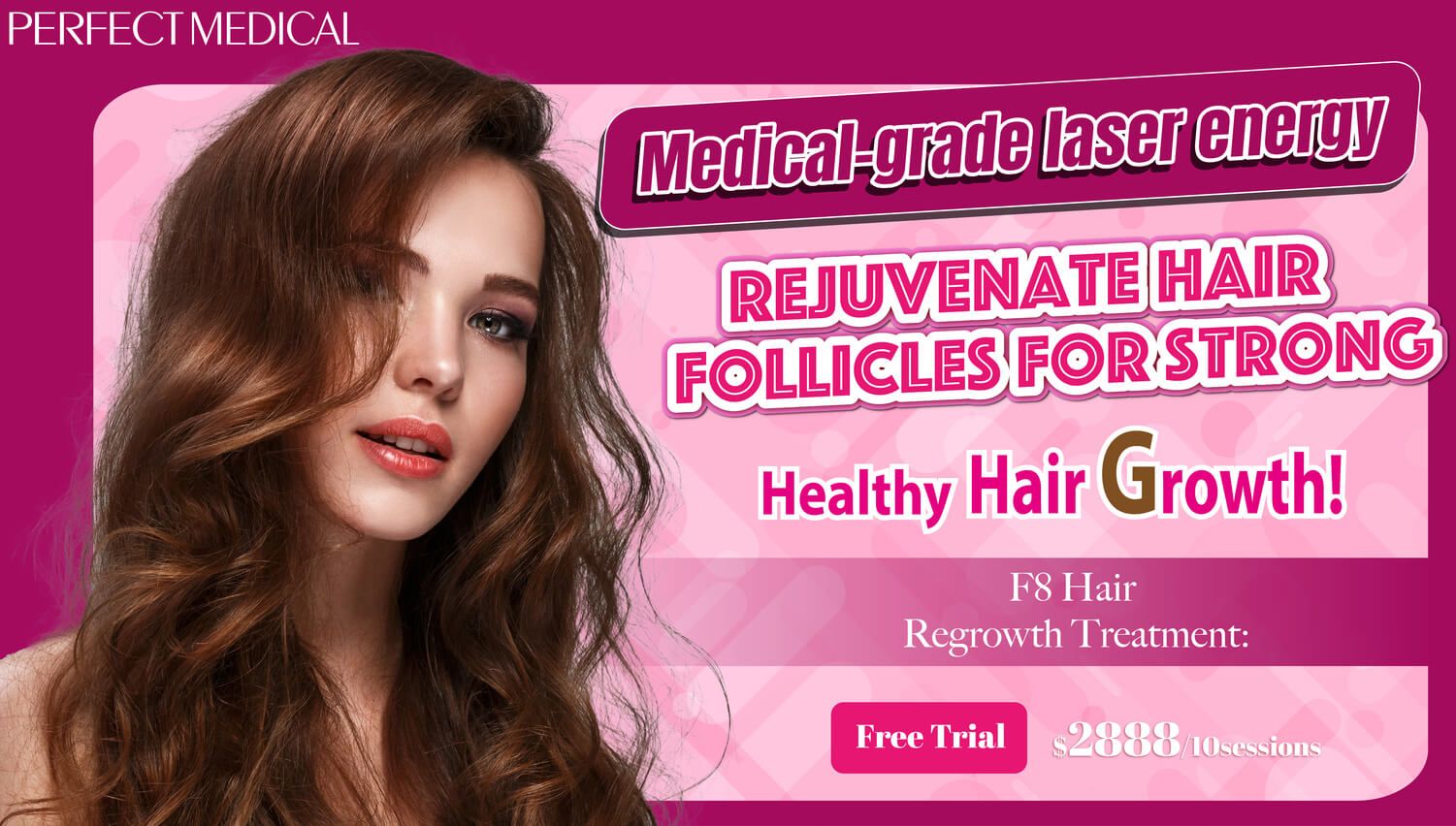
免費體驗
F8 Hair Regrowth Treatment
1 Minute Self-Registration
Date should not be before minimal date
Hair is an essential aspect of one's appearance, and experiencing hair fall can be distressing. However, there are effective ways to address this concern and promote healthy hair growth. Instead of moving straight to a hair transplant, here's a few things you can do to stop your hair fall. But first, let's find out what is considered abnormal hair fall.
1
Why Do Humans Experience Hair Loss?
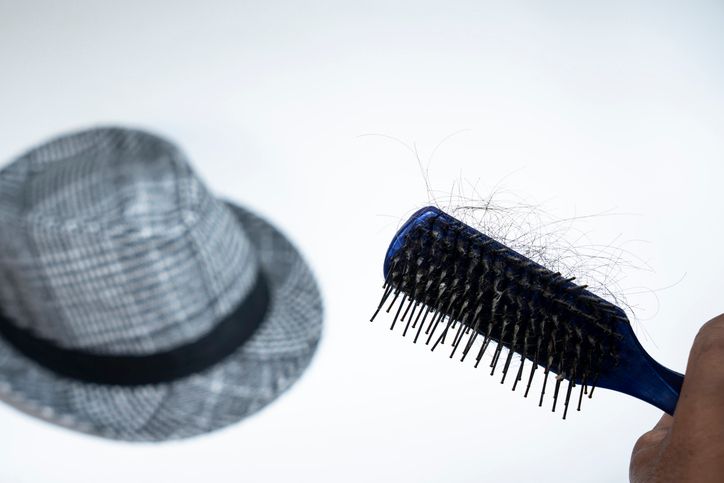
Anagen Phase
Catagen Phase
Telogen Phase
2
How Do I Know If I'm Having A Serious Hair Fall?

Sudden or Gradual Thinning
Bald Patches
Excessive Hair in the Shower or on the Pillow
Changes in Hairline
Itching or Pain
Abnormal Shedding in Other Areas
Visible Scalp
- [Early Signs Of Hair Loss 2025] How To Tell if I Have Real Hair Loss?
- Do You Have A Hair Loss Problem? Learn The Early Signs & Act Within the Golden Treatment Window
- Optimising Hair Health: Choosing the Best Hair Fall Shampoo For Yourself
- Female Hair Loss Doctors: In-Depth Analysis Of 5 Major Causes Of Hair Loss In Women
3
Want To Stop Hair Fall Immediately? Do These 10 Things First
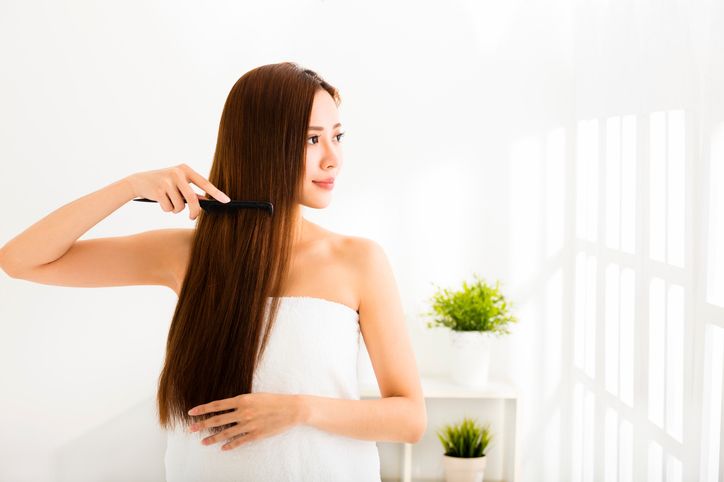
1. Change the Brand of Your Shampoo
2. Stop Tying Your Hair Tightly Every Day
3. Take These Vitamins
4. Stop Taking Food with High Sodium
5. Don't Scratch or Pull It Hard
6. Stop Letting Your Scalp Stay Under Hot Sun
7. Stop Dyeing Your Hair Too Frequently
8. Wash Your Hair Thoroughly After Gym
9. Scalp Massages
10. Stop Smoking and Drinking
4
Boost Hair Growth With These Methods If You Ran Out of Options
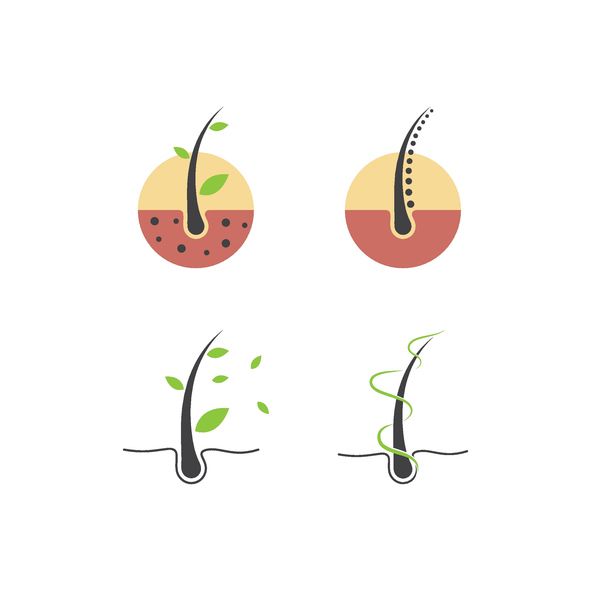
1. Do a Hair Checkup Every Half Year
2. Micro Needling
3. Platelet-Rich Plasma (PRP) Injections
4. LLLT for Hair Regrowth - F8 Hair Regrowth Treatment
5. Hair Transplants
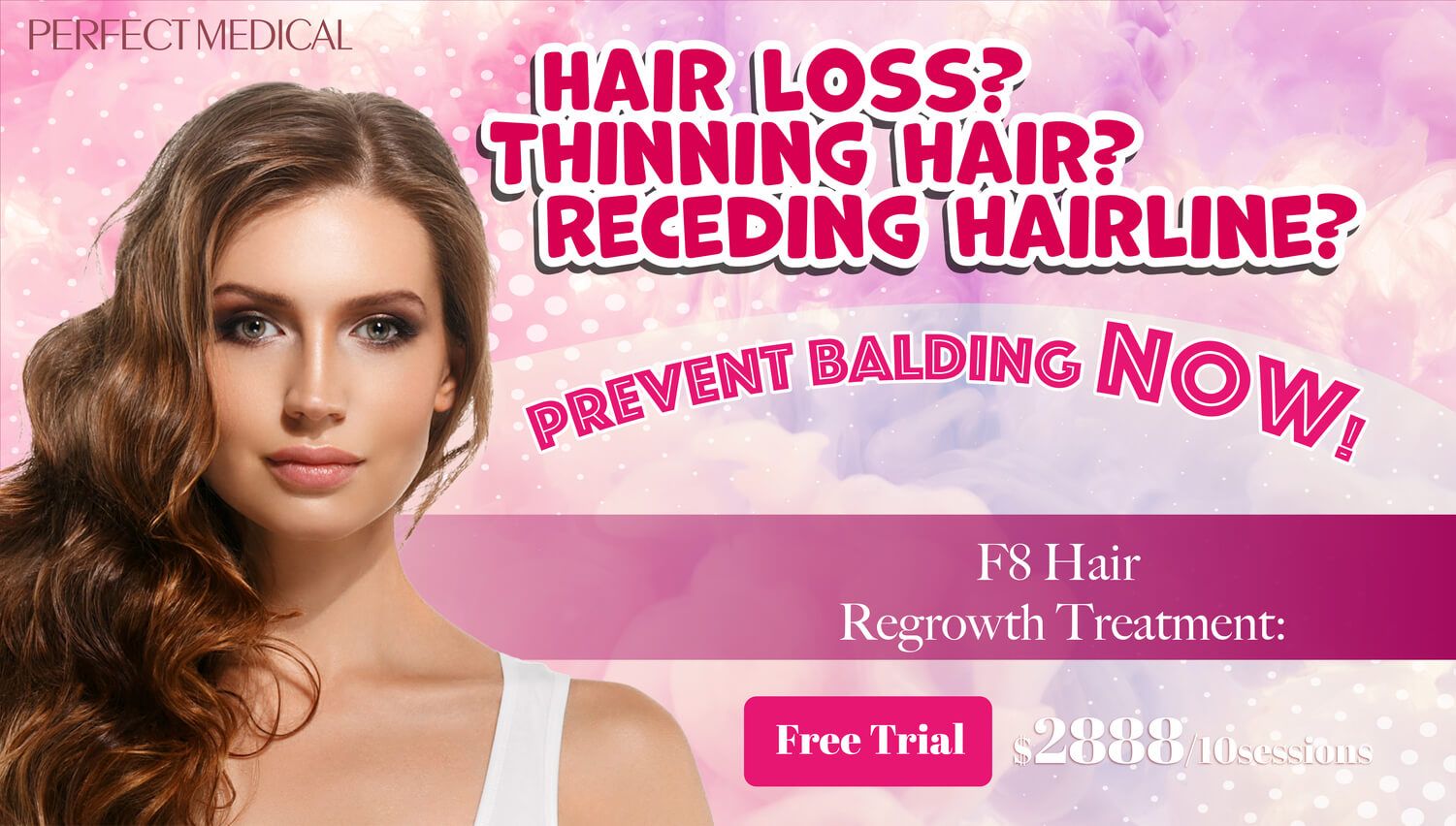
免費體驗
F8 Hair Regrowth Treatment
1 Minute Self-Registration
Date should not be before minimal date
5
Last Few Thoughts
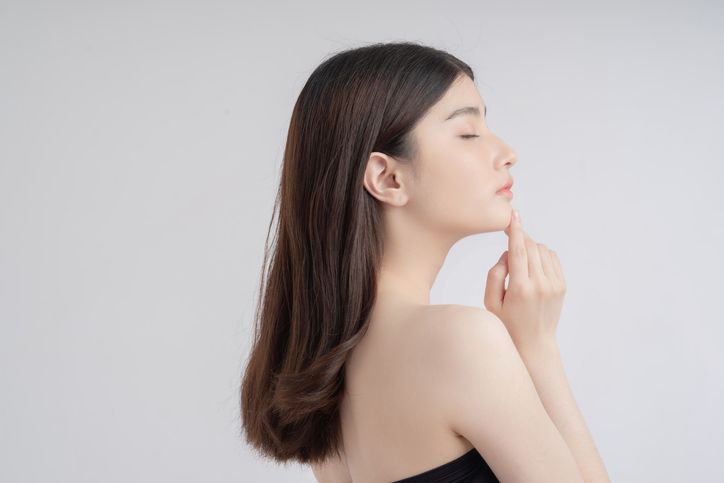
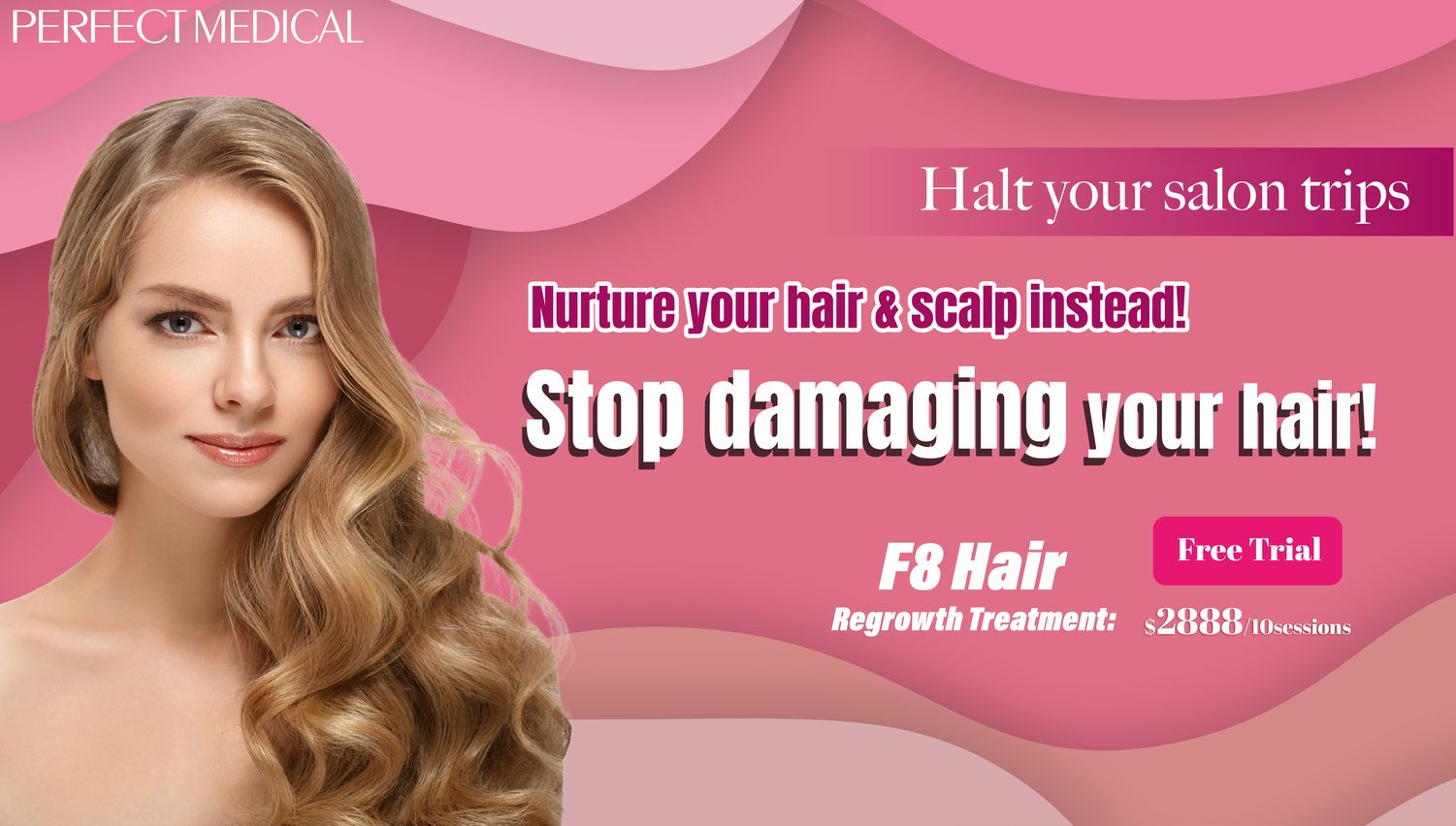
免費體驗
F8 Hair Regrowth Treatment
1 Minute Self-Registration
Date should not be before minimal date
FAQ

1. How can scalp massages contribute to healthier hair?
Scalp massages play a vital role in enhancing hair health by promoting improved blood circulation. When the scalp receives regular massages, typically 2-3 times a week, blood flow to the hair follicles is stimulated. This increased circulation encourages the efficient delivery of essential nutrients, fostering an environment for stronger and healthier hair growth.
2. Can skin inflammation affect hair regrowth?
Skin inflammation can have adverse effects on the natural hair growth cycle, hindering the regrowth of hair. Conditions causing inflammation on the scalp disrupt the usual cycle of hair follicle, potentially leading to increased hair loss. Addressing skin inflammation is essential to establish a conducive environment that supports healthy hair regrowth.
3. What natural oils are best for promoting hair health?
Several natural oils, including coconut oil, jojoba oil, and argan oil, are renowned for their ability to promote hair health. These oils offer nourishment, moisture, and a range of benefits that contribute to overall hair well-being. It's important to identify which natural oils suit your specific hair type and incorporate them into your routine for optimal results.
4. How does female pattern hair loss differ from other types of hair loss?
Female pattern hair loss, scientifically known as androgenetic alopecia, exhibits unique patterns and characteristics that distinguish it from other types of hair loss. Understanding the specific causes, symptoms, and potential treatments tailored to this condition is crucial. By delving into effective strategies, women can manage and address this common hair loss condition more effectively.
5. What are effective methods for promoting hair growth naturally?
Promoting natural hair growth involves adopting a holistic approach encompassing various practices. A well-balanced diet rich in essential nutrients lays the foundation for healthy hair. Regular scalp massages enhance blood circulation, while the use of natural oils, such as coconut oil and argan oil, provides nourishment and moisture. Additionally, minimising exposure to heat and chemical treatments plays a key role in supporting overall hair growth. This comprehensive approach addresses multiple aspects to nurture hair follicles and promote sustained and natural hair growth.






